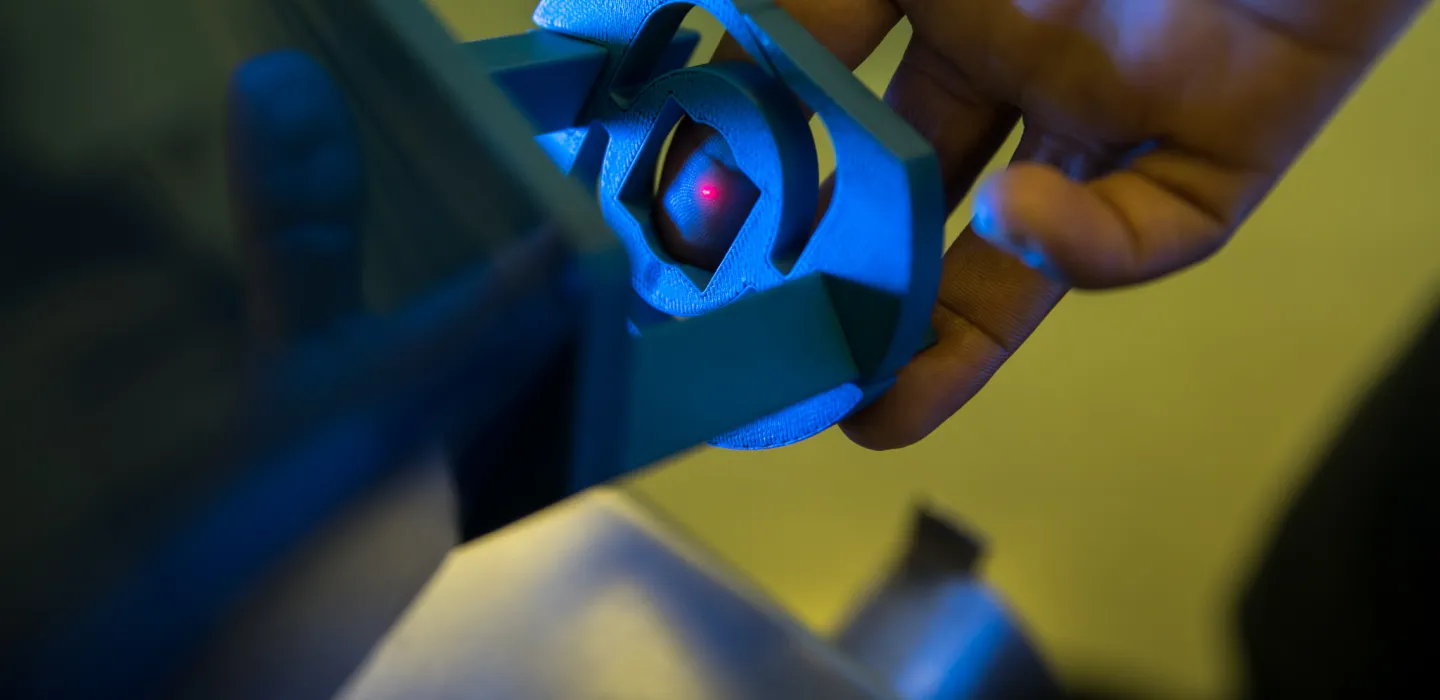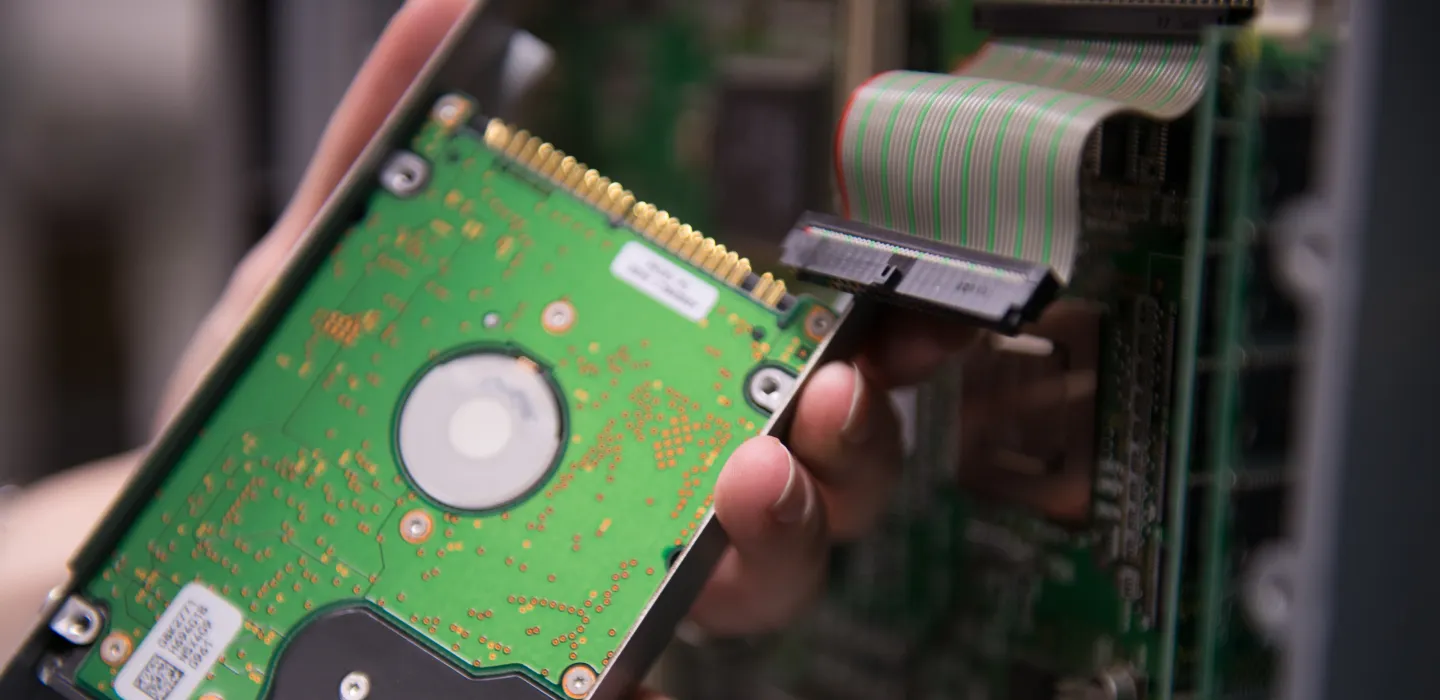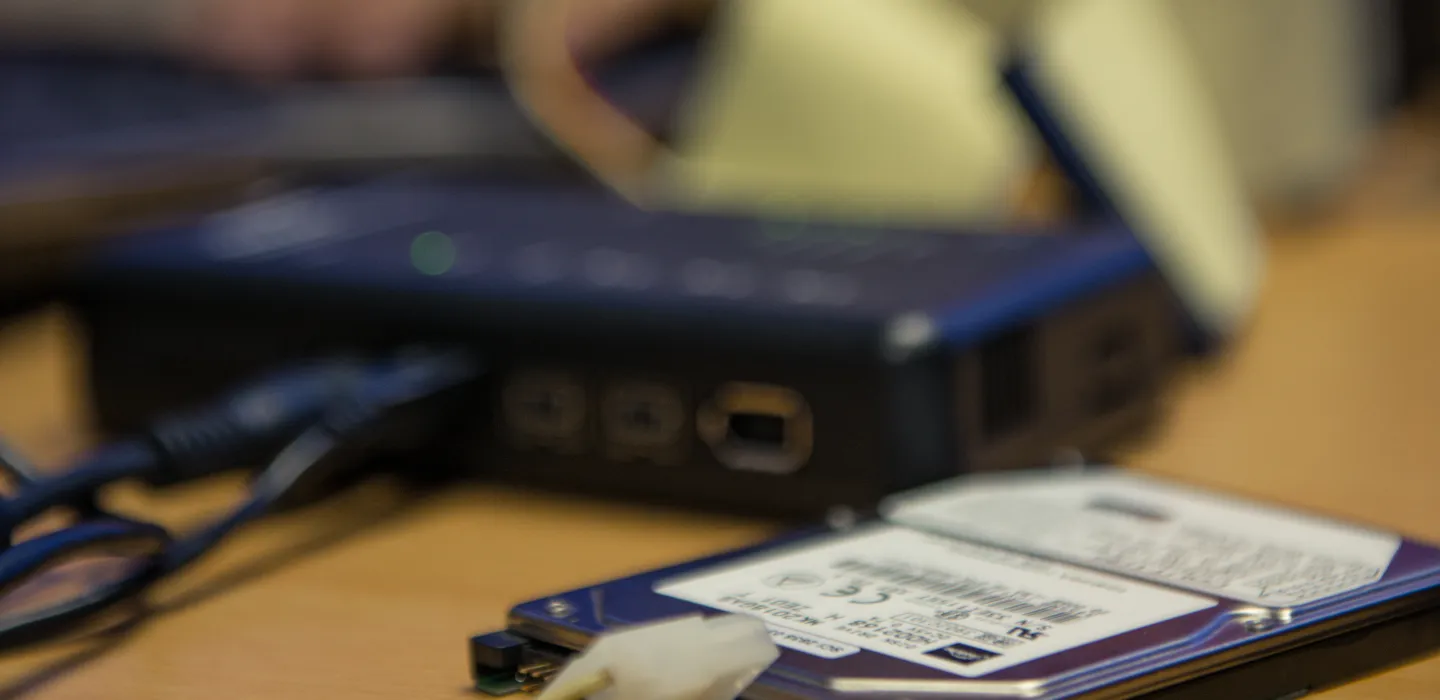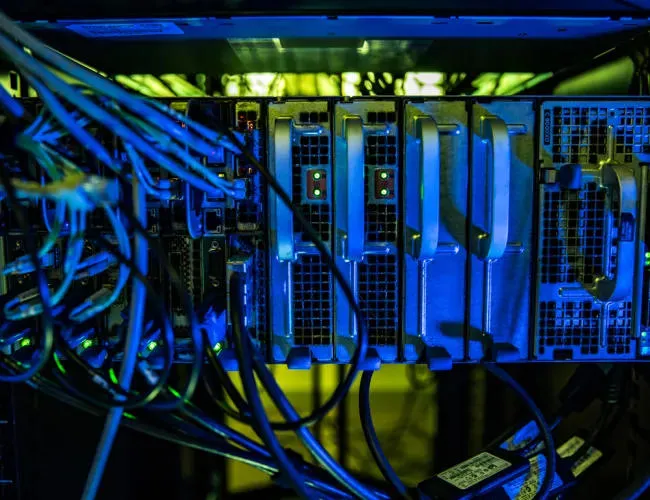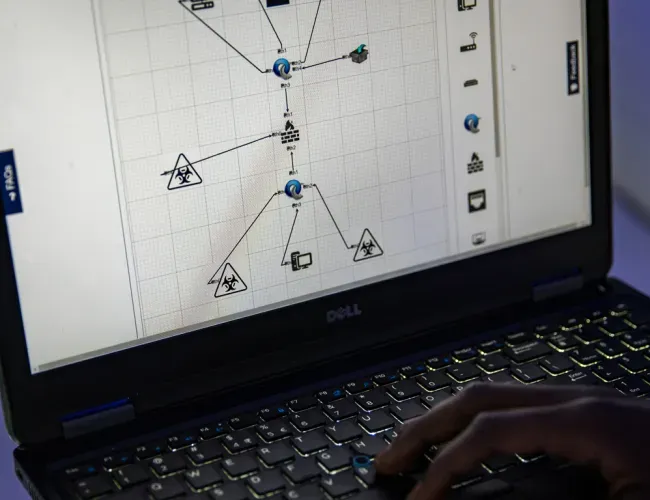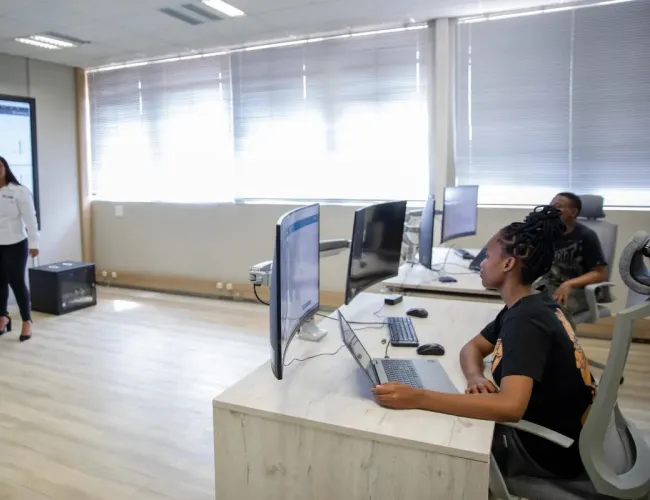What we do
Contact information:
Highlights

Technology to identify unclaimed cadavers
Our fingerprint acquisition technology is used to identify cadavers in mortuaries to assist with a backlog of unidentified and unclaimed bodies. The fingerprint pattern is detected subdermally and is thus not affected by surface decomposition. Biometric sensors acquire fingerprints of cadavers and digital enquiries can be made to different databases to determine the identity of the cadaver. Piloted in Gauteng and Limpopo the system is in use in four mortuaries, in collaboration with the Gauteng Department of Health, Limpopo Department of Health, and the Forensic Pathology Services, with support from the Department of Public Service and Administration’s Centre for Public Service Innovation.

Improved offender recognition with new fingerprint device
The Department of Correctional Services has a new tool for offender recognition. The standalone, battery-operated device captures a fingerprint and compares it to one recorded on paper or stored in the device's memory. This allows officials to verify the fingerprints of individuals arriving at correctional facilities from court against those on the warrant of detention form. A standard digital camera captures a color image of the side of a finger showing the friction ridges, which is then converted into a conventional fingerprint using CSIR-developed software.
Our research
Resources
 CSIR Information and Cybersecurity Centre: A brochure
Go somewhere
CSIR Information and Cybersecurity Centre: A brochure
Go somewhere
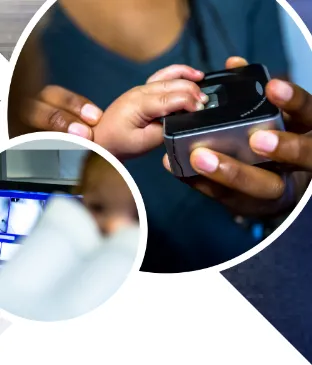 Biometric recognition of minors: A brochure
Go somewhere
Biometric recognition of minors: A brochure
Go somewhere
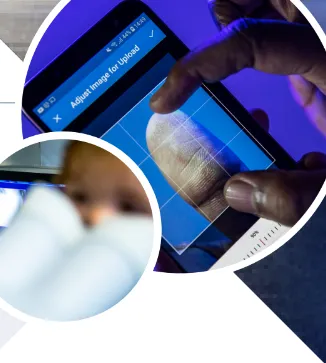 Multimodal biometrics: A brochure
Go somewhere
Multimodal biometrics: A brochure
Go somewhere
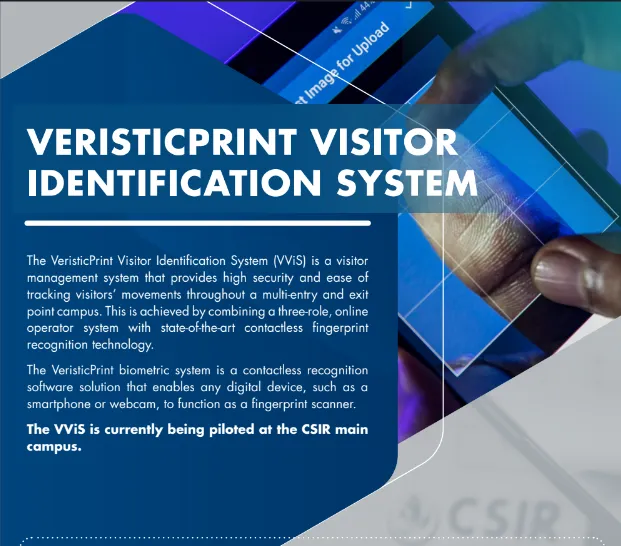 VeristicPrint Visitor Identification System: A brochure
Go somewhere
VeristicPrint Visitor Identification System: A brochure
Go somewhere
